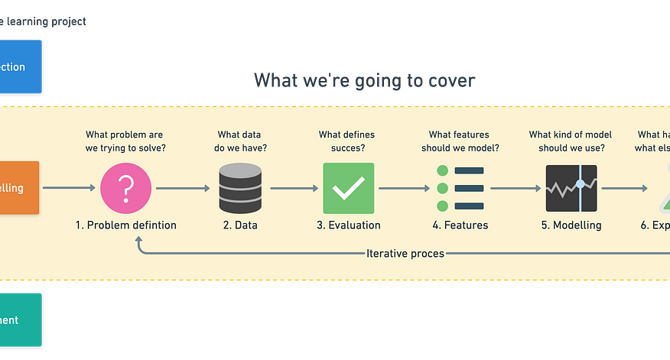Medium
2d
142

Image Credit: Medium
Six steps for building Machine Learning Projects
- Building machine learning projects involves a cyclical process of data collection, model iteration, deployment, and reevaluation of results.
- To determine if machine learning is appropriate for a business problem, it needs to be aligned as a machine learning problem first.
- The major types of machine learning are supervised, unsupervised, transfer learning, and reinforcement learning, with supervised and unsupervised learning being most common in business applications.
- Supervised learning involves training a model with labeled data to predict outcomes, while unsupervised learning deals with data lacking labels to uncover patterns.
- Transfer learning adapts an existing model's learned information to a new problem domain, saving time and resources in training.
- For business applications, machine learning usually falls under classification, regression, or recommendation categories based on the problem at hand.
- Important considerations in machine learning projects include data types (structured, unstructured), feature variables, and the choice of evaluation metrics based on project goals (classification, regression, recommendation).
- Feature types in machine learning include categorical, continuous, derived, and can also encompass text, images, or any data that can be transformed into numbers.
- The modeling phase includes selecting a model based on interpretability, scalability, and efficiency, tuning the model to improve performance, and comparing models for optimal results.
- Model evaluation involves testing on different data subsets to ensure proper learning and generalization, with documentation and iteration being key components of the process.
- Starting with a proof of concept using the outlined steps can help businesses determine the feasibility of applying machine learning to add value to their operations.
Read Full Article
8 Likes
For uninterrupted reading, download the app